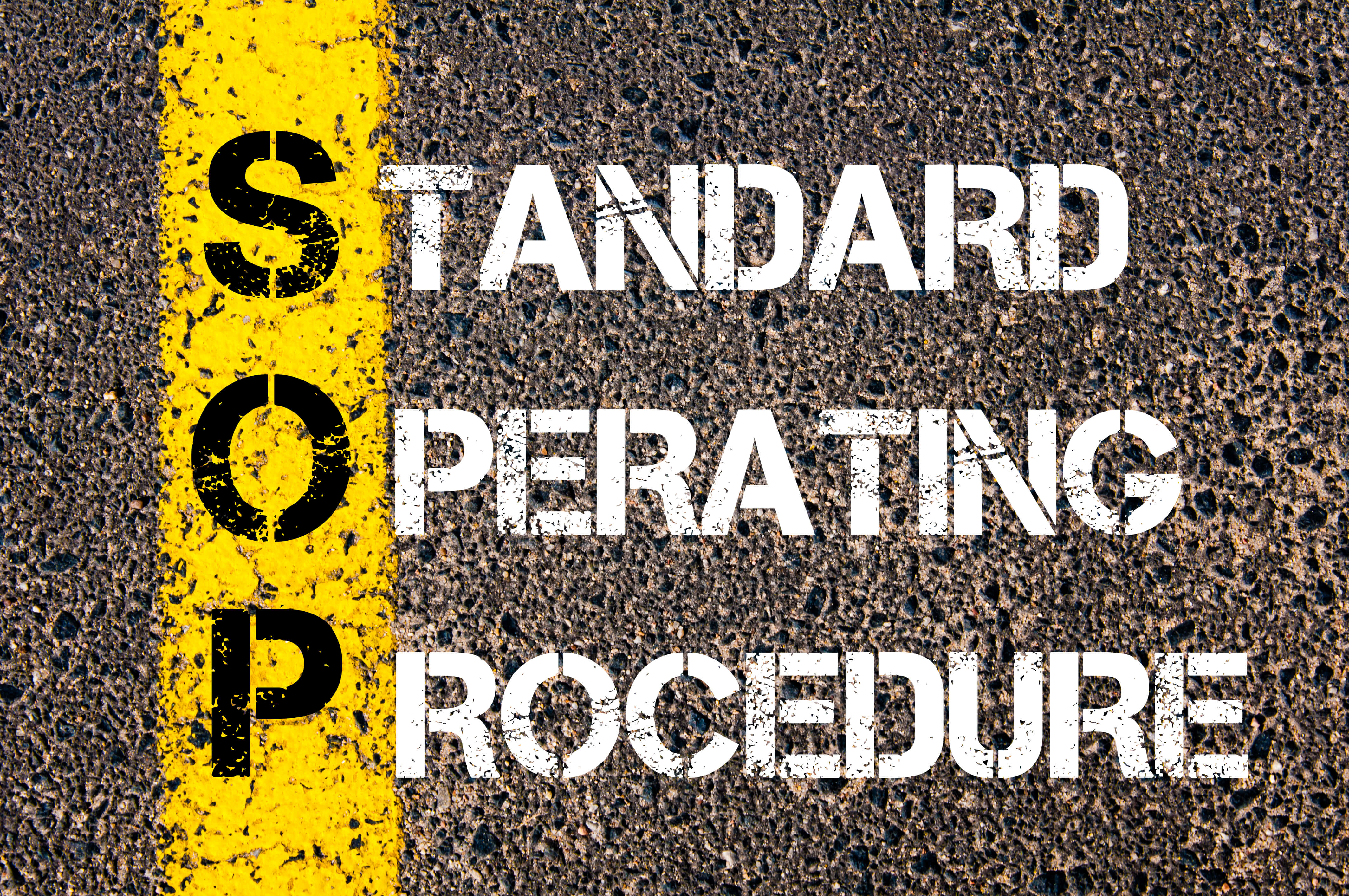Firstly please accept my apologies for the acronyms in the title.
Hopefully everyone knows PMO – Project Management Office. How about SOP?
SOP stands for Standing Operating Procedures.
What is a SOP?
A SOP is a method of taking a complex (or simple) process and breaking it down into a step by step guide so that it is easy to understand and execute.
This results in a list of clear instructions that can then be followed by anyone who needs to complete the activity, very much like a computer programme.
Other names for a SOP
SOP is a generic term. Each organisation may use a different name such as Desk Top Procedures, Operating Procedures, Desktop Instruction Manual, etc.
The aim is the same, a simple and easy to follow set of instructions to complete the activity.
Why SOPs are used?
There are many uses for SOPs. However, the over arching principle is to systemise a given process so that anyone can use the SOP to complete the activity with minimal training.
- Training of new team members
- Transfer of activities to new team
- Near or offshoring of activities
- Disaster recovery
- Ensure standard, repeatable processes
- Knowledge sharing and retention
Benefits of SOPs
The benefit of having well written SOPs is that they provide an easy to follow set of instructions to anyone who has to complete the activity.
A very good example of this is in the event of a crisis. For example, if an event occurs meaning that a number of an organisations work force cannot get into work. If there are SOPs, this means that activities can be executed by other staff members who have not conducted the activity before.
It is very common for large organisations to request that each department produce SOPs and then maintain them on a periodic basis in case of a crisis. The SOPs are usually stored in a safe accessible place and, offsite in event of the need to switch to a disaster recovery location.
Format of a SOP?
There is no set format for a SOP. However, each organisation may define a predefined format to ensure consistency.
The format can be a word processor document, spreadsheet, presentation, etc. The important point is that they must be clear, concise, include every step of a process in a format that anyone can complete the steps without need to ask for clarification.
Some organisations have invested in specialist software that allows for SOPs to be created and shared. They even include workflows to allow review and sign-off by line managers.
Role of change management in SOPs
When a project is executed, this can result in new platforms and processes. Therefore, it is highly likely that this will change what is captured in a SOP.
It is important that the project plan captures activities to review and update the SOP. In fact I would suggest that the project should support the changes to the SOP on behalf of the process owner to ensure that changes to the SOP are made.
It is quite common that changes are made to a process and the SOP is not updated. This is quite a common finding when internal audit conduct reviews. However, it is even worse when the gap is discovered in event of a crisis.
Summary
SOPs are powerful documents for an organisation. They ensure a process is fully documented and can be executed by any member of staff.
This allows for seamless transfer of activities, repeatable processes, efficiencies, knowledge retention and protects an organisation in event of a crisis.
